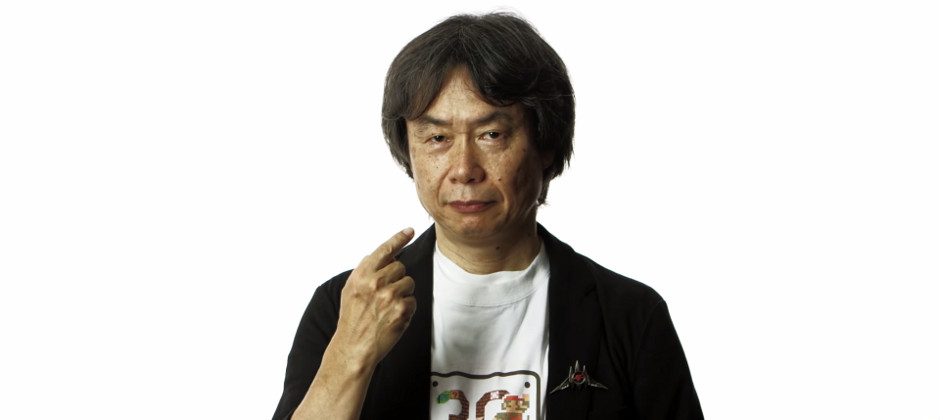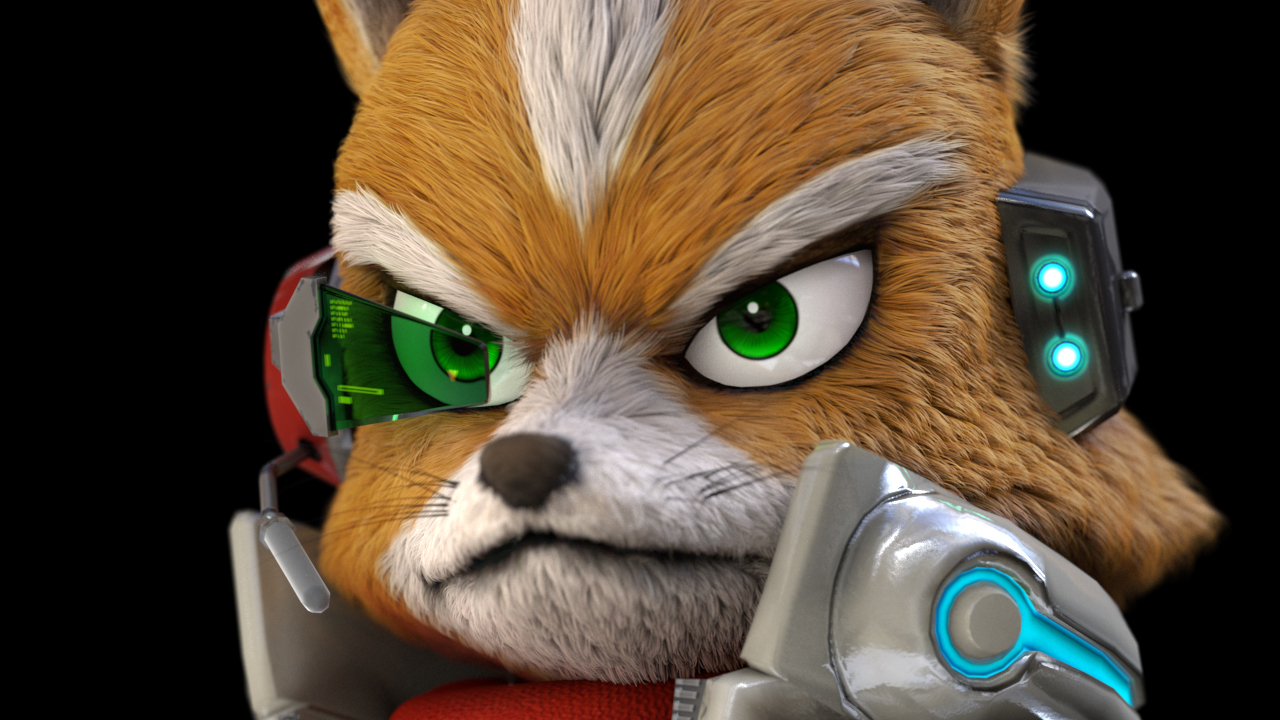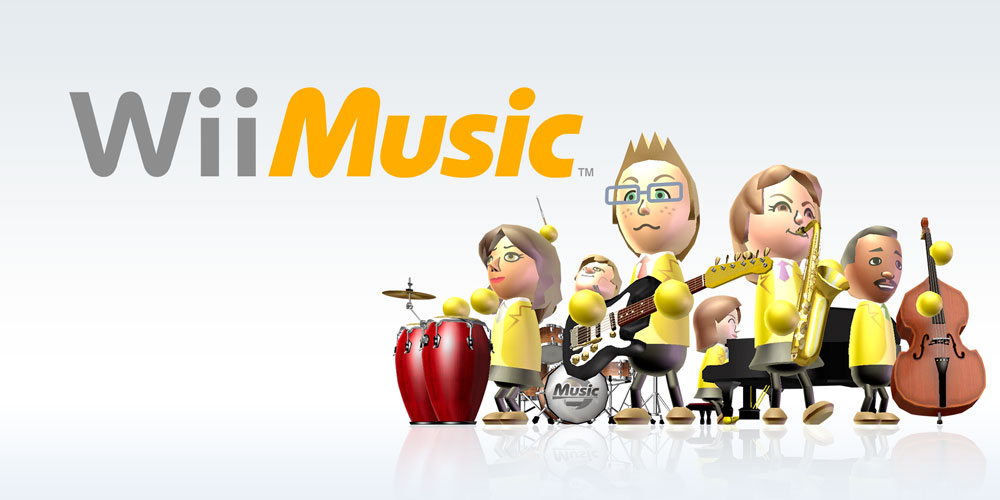Shigeru Miyamoto needs to take a nap

Shigeru Miyamoto needs to take a nap. A nice, long nap. I’m talking about one of those Saturday morning naps, starts at 11 in the morning, pauses for an orange juice break at around 5PM, and then rolls right on through the night so you wake up on Sunday like some kind of jazzercised Rip Van Winkle, confused by the new world but ready to make things happen. Right now, Shigeru Miyamoto is still the face of Nintendo, the 21st century’s very own Walt Disney chock full of stories about gardening imps and adventuresome elves, and he does good work evangelizing the company’s beloved characters even when their gaming machines like Wii U are tanking. But while it may seem like the height of blasphemy, it’s impossible to deny: Shigeru Miyamoto doesn’t know what makes video games great in 2016. He doesn’t need to leave the company he’s defined for the past 35 years, but it’s high time for him to take a break from rigidly controlling those games’ creative direction.
Gasp! Questioning the hallowed creator of Donkey Kong, Super Mario Bros., and The Legend of Zelda? He who gave us 3D games that actually worked with Super Mario 64? Who bestowed upon us the gift of touch screen gaming with Nintendo DS? The unimpeachable mastermind behind Pikmin (which, come the fuck on, is just okay)? It’s all well and good to laud Miyamoto’s work as Nintendo’s premiere producer, the man whose guiding hand has shaped dozens of canonized classics, but it’s also important to study recent as well as ancient history. If you look at the games and hardware that Shigeru Miyamoto has been most intimately involved with over the past decade, you’ll find that not only has it been ten years since he’s had a bona fide hit, he’s also responsible for some of Nintendo’s absolute worst decisions.

Consider Star Fox Zero, a long sought after sequel to one of Miyamoto’s more elegant ideas. Miyamoto took newly developed technology from the developer Argonaut and blended it with his love of Star Wars and the sci-fi action puppet power combo, using it all to acclimate players to the idea of 3D games with something familiar and fun. “We settled on something closer to traditional gameplay for Star Fox,” Miyamoto wrote back in 1993, “flying forward into the screen, giving players a chance to experience the sensation of real 3D first instead of immediately releasing a full-3D game.” The ethos behind Star Fox was the same ethos behind all of Miyamoto’s games: making something that feels good first to introduce people to brand new, potentially difficult to understand ideas. Star Fox Zero, meanwhile, is the reverse: forcing technology onto an existing idea to justify the technology’s existence regardless of how it feels to players.
“Now what we're able to do with the Wii U GamePad is,” explained Miyamoto to journalists at E3 2014, “because the ship can move independent of your aiming, it makes it much more interesting and much more fun to play these valley modes." Much more fun to play was a matter of opinion then and a matter of opinion now. In order to play Star Fox Zero effectively, you have to hold the Wii U GamePad in the air in front of you, darting your eyes between the small tablet screen and the television. If the motion controls are on, you’ll find yourself weaving your arms in all directions trying to get a bead on your target. Back at that E3 showcase, I found the Star Fox demo to be unwieldy at best and downright uncomfortable at worst. At the time, I was willing to acknowledge the promise in the premise; it’d be novel, maybe even exhilarating to have to use the Wii U GamePad like Luke Skywalker’s X-wing targeting computer to zero in on specific targets at key moments. Plus this wasn’t even an alpha version of the game, but a prototype that would be passed onto another developer.
When Platinum Games took over development with Miyamoto serving as Supervising Director, though, his vision for the game’s all GamePad control became the premise for the entire game. What could have been a serviceable HD version of the classic Star Fox formula was rendered a laborious chore to play for many by mandatory GamePad controls. After the game released to tepid reviews, Miyamoto has remained dogged in his assertion that this wearisome design choice was the right one. “I think personally Star Fox is a really fun game if you sit down and play it,” Miyamoto said in an E3 2016 interview after being asked what the most underrated Wii U game is. “I think, for example, an elementary school kid who plays it without any preconceived notions, I think it would be really fun for them.” If that’s the case, why was Star Fox Zero met with the series’ worst ever sales in Japan, where the Wii U is resurgent thanks to kids obsessed with Splatoon?
Star Fox Zero is only the most recent example of Miyamoto publicly, repeatedly insisting he knows what’s best for his audience when they demonstrate very clearly that they don’t like what he has to offer. His role as a catch-all producer for Nintendo EAD’s games over the past decade attaches him to some of the company’s very best, like Mario Kart 8 and Super Mario Maker. But since 2007, he’s only credited with actually designing two games, and Steel Diver for 3DS doesn’t count since it was actually based on a 2004 tech demo for the original DS. His one other big idea was the disastrous, universally loathed Wii Music. In 2008, when music games like Guitar Hero and Rock Band positively dominated the gaming market alongside unusual Wii exclusives like Wii Fit and even the paltry Wii Play, its sales tailed off almost immediately after release. Kids didn’t want it, parents wouldn’t force it on them, and enthusiasts saddled it with some of the worst review scores ever given to a Nintendo game. Yet a year after its release, Miyamoto insisted it was still viable. “As far as Wii Music is concerned, I think it still has great potential.”

Stubborn commitment to ideas is often an admirable trait in artists; it can allow good ideas the time they need to mature and for audiences to discover what they might otherwise initially dismiss. Miyamoto’s all-encompassing oversight over nearly all Nintendo games, however, means that his increasingly myopic perspective on what players respond to results in the dilution of great series and potentially exciting new games. The Paper Mario series has always fallen under the studio Intelligent Systems’ purview with Miyamoto acting as producer. Paper Mario: The Thousand-Year Door in particular is a beloved role-playing game more than a decade after it was released on GameCube, and it’s even under consideration for an HD remaster. That game endures thanks to how its art and unique turn-based battles are married to a diverse, idiosyncratic cast of characters in a wonderful story.
Sign up to the GamesRadar+ Newsletter
Weekly digests, tales from the communities you love, and more
Thanks to Miyamoto, though, Paper Mario games have increasingly de-emphasized story over the past decade. Paper Mario: Sticker Star traded in the diverse cast and goofy narrative for a bland, repetitive collect-a-thon. “Aside from wanting us to change the atmosphere a lot, there were two main things that Miyamoto-san said from the start of the project,” Sticker Star producer Kensuke Tanabe explained in an Iwata Asks interview. “‘It's fine without a story, so do we really need one?’ and ‘As much as possible, complete it with only characters from the Super Mario world.’” And now with Paper Mario: Color Splash coming to Wii U, Miyamoto’s no-story, no-new characters marching orders remain in place despite Sticker Star’s poor reputation. ““I’m sure you’re aware that, at Nintendo, we also have another series called the Mario & Luigi RPG series,” Color Splash producer Rise Tabata told Kotaku’s Stephen Totilo at E3. “And so since we already have that established Mario & Luigi RPG series, in order to differentiate these two series that we have running concurrently, we’ve tried to focus more on the non-RPG elements for the Paper Mario games.”

The Twitter and YouTube commenter response to Nintendo’s Color Splash stream at E3 was bilious to say the least. While it’s easy to dismiss the ranting of commenters, it’s impossible not to sympathize with their response. When a series finds a devoted following thanks to its story, why would you insist on stripping story away from it? Why would you say, “Well the only characters Mario meets should be Toad!” when people love Rawk Hawk? Repetitive fan service is creative death, no question about it, but abandoning a successful foundation for no good reason is a baffling choice. As is insisting that Wii Music will work. As is insisting that Star Fox Zero’s control scheme is just fine when even your protege says that dual-screen play on Wii U “disrupts gameplay.”
Should game makers take a stream of YouTubers screaming that they killed the series to heart every time? Absolutely not. Frankly, no one would ever finish a game again if they did. In the case of games influenced by Shigeru Miyamoto’s modern design sensibility, though, vitriolic comments are just one more symptom of a problem that’s metastasized over a long period of time. The solution isn’t for Miyamoto to stop making games. That would be stupid. Missteps of the past decade aside, he’s one of the most potent creators alive; the man’s work literally defined what games could be over the course of two and a half decades.
What he needs is a break from creating. Shigeru Miyamoto needs to take a freaking nap. It's a transitional moment. Young EAD creators are churning out console hits like Splatoon, establishing a new Nintendo canon. Outside studios like Niantic are redefining Nintendo properties like Pokemon. Nintendo itself is preparing for its first console cycle in history without the influence of Satoru Iwata. Now is the moment for Miyamoto to take his fingers off the controller. Act as a leader, an ambassador for a resurgent stable of icons like Link and Mario, and reflect on your work as new players embrace things like the NES Mini. Just stop deciding how Nintendo games should play for a while, Mr. Miyamoto, at least until you’ve woken from your nap, newly inspired.



